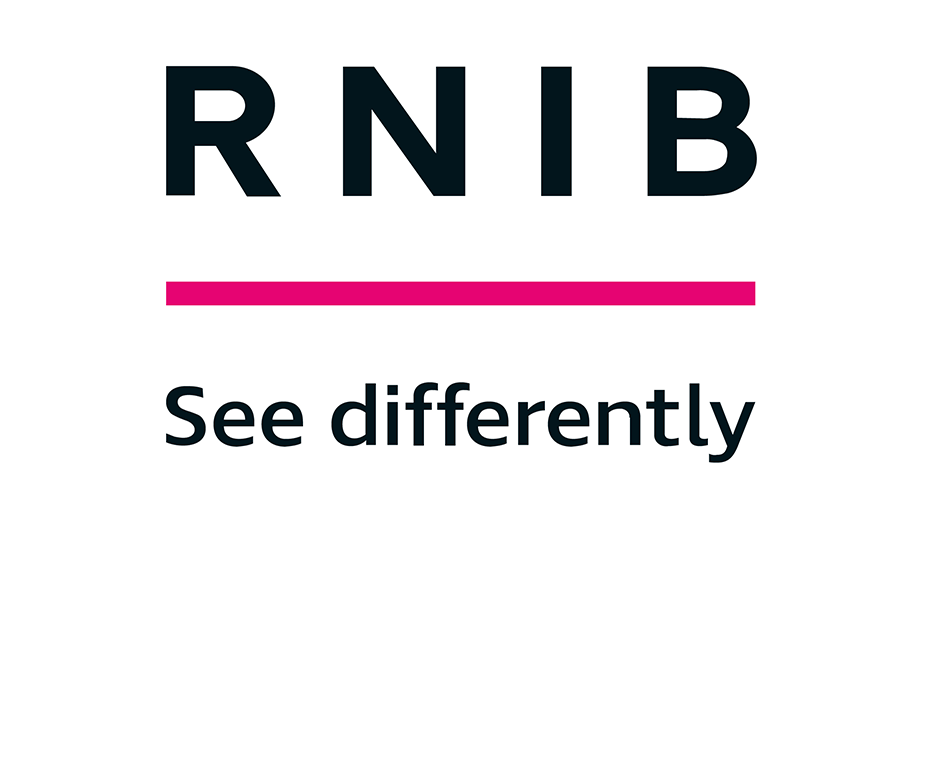
All labour market indicators point to an increasing level of job creation. Recent surveys also suggest more than 8 out of 10 businesses are looking to increase their workforce in the coming months, and that certain skills are in short supply. For in-house recruitment teams this creates both an opportunity and a headache.
Recent research from the Forum for In-house Recruitment managers showed that whilst there was definite growth in the sector, there were also pressures from reduced budgets and team size, which could lead to a reduced capacity to source and engage the best. There were also challenges in creating talent pipelines and finding the most effective routes to market, whilst 44% rated their career sites as poor.
Aside from their internal processes there are also external pressures, most notably around candidate experience, employer branding, hiring manager expectations and keeping time/cost per hire metrics low. Some are experiencing a shift to more flexible working models within areas of their business; others need to address ongoing shortages by having a pipeline of emerging talent coming through. Part of this can be addressed by looking at how best to acquire and train future talent, and looking beyond graduate recruitment to apprenticeships and school leaver programmes. The FIRM research reference earlier showed that 44% run an apprenticeship scheme but that 86% had no school leaver programme whilst only 38% had a work experience scheme in place.
Most of these issues are not faced in isolation. Concerns around future talent affect whole industries and all recruitment functions, whilst the creation of a great candidate experience, that both enhances employer (and consumer) brand perception whilst offering valuable and constructive feedback to applicants, eludes many businesses of all sizes.
At the heart of all of this is the concept of ‘good recruitment’ and the role that it plays in organisational success and business growth.
Almost 18 months ago the REC (Recruitment & Employment Confederation) bought together a range of businesses and professional groups to look at what makes good recruitment, and what best practice should look like for the recruitment industry – both in-house and agency. The group included representatives of CBI, CIPD, ILM and FSB, together with senior HR and resourcing specialists from businesses as diverse as Santander, NHS, Dixons Retail, G4S and Penguin Random House. Topics discussed included skill shortages, flexible work, youth employment, candidate experience and the need for some form of industry benchmarking.
The result was a nine point aspirational charter, kicking off a campaign to help to promote successful attraction and selection of people, and also to reinvigorate resourcing strategies. Many leading companies and recruitment agencies have signed up to this and at January’s In House Recruitment Expo you’ll hear Kevin Green, CEO of the REC, talk about the key aspects of this campaign and the benefits that participating companies are already gaining.
And he will no doubt talk about recruitment agencies themselves! Whilst the FIRM research had indicated that for some businesses agencies were playing a lesser role in their resourcing strategy, recent REC research has underlined their continuing value with 79% of employers turning to agency workers for short-term access to key strategic skills, and 91% of employers happy with their agency suppliers. There is little doubt that they still play an important role in the resourcing supply chain, and at the Expo we will also be finding out how in-house teams can select the best agency partners.
With regular reports suggesting that skill shortages and poor recruitment practices will negatively impact business growth, the key to attracting and hiring the best will require a mix of both good practice and using the most effective channels.
Mervyn Dinnen



